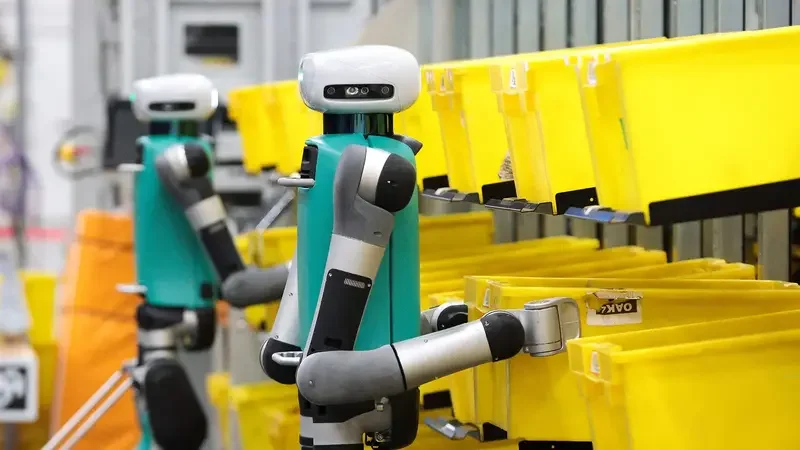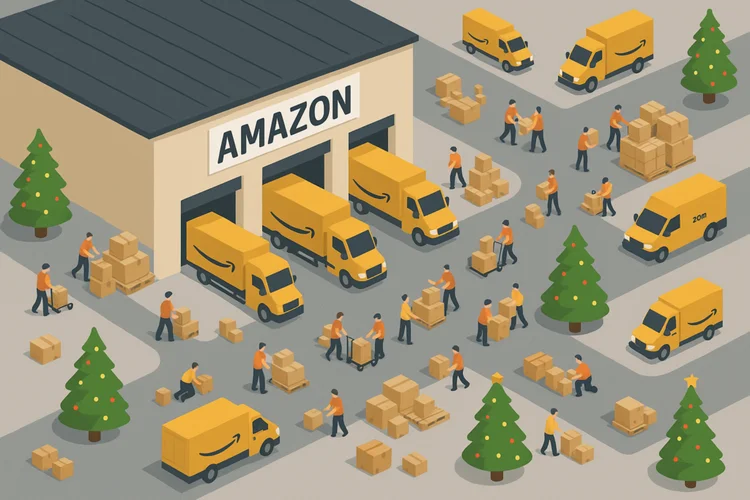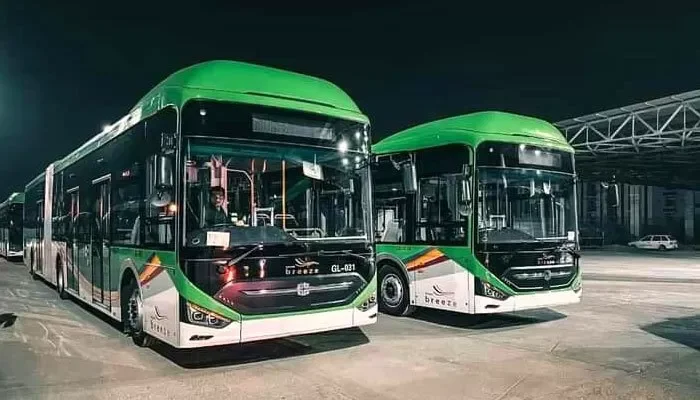According to internal documents obtained by The New York Times, Amazon is reportedly preparing to replace up to 600,000 human workers with robots by 2033, aiming to automate nearly 75% of its global fulfillment operations. The company has already integrated more than 1 million robots into its logistics network, now making up roughly two-thirds of its human workforce. This large-scale automation initiative is part of Amazon’s long-term strategy to boost operational efficiency, cut labor costs, and streamline warehouse management worldwide. Analysts at Morgan Stanley project that Amazon’s automation drive could save the company around $4 billion annually by 2027, primarily through reduced labor expenses and improved logistics performance. Rather than resorting to immediate mass layoffs, Amazon is expected to phase in automation gradually—opting not to replace employees who resign or retire as robotic systems assume more tasks. The leaked reports also indicate that Amazon plans to manage public perception carefully throughout this transition. The company reportedly aims to maintain a positive corporate image through community engagement programs and by using more collaborative language—referring to machines as “cobots” (collaborative robots) to highlight cooperation with human workers instead of outright replacement. In response to the allegations, an Amazon spokesperson dismissed the report as “incomplete and misleading,” emphasizing that automation is designed to work alongside employees rather than replace them. The spokesperson also noted that Amazon plans to hire 250,000 seasonal workers for the upcoming holiday period, underscoring its continued commitment to job creation. If the automation plan unfolds as projected, it could mark one of the most significant transformations in the logistics industry—reshaping the relationship between human labor, robotics, and artificial intelligence, and redefining the global warehouse workforce of the future.


































